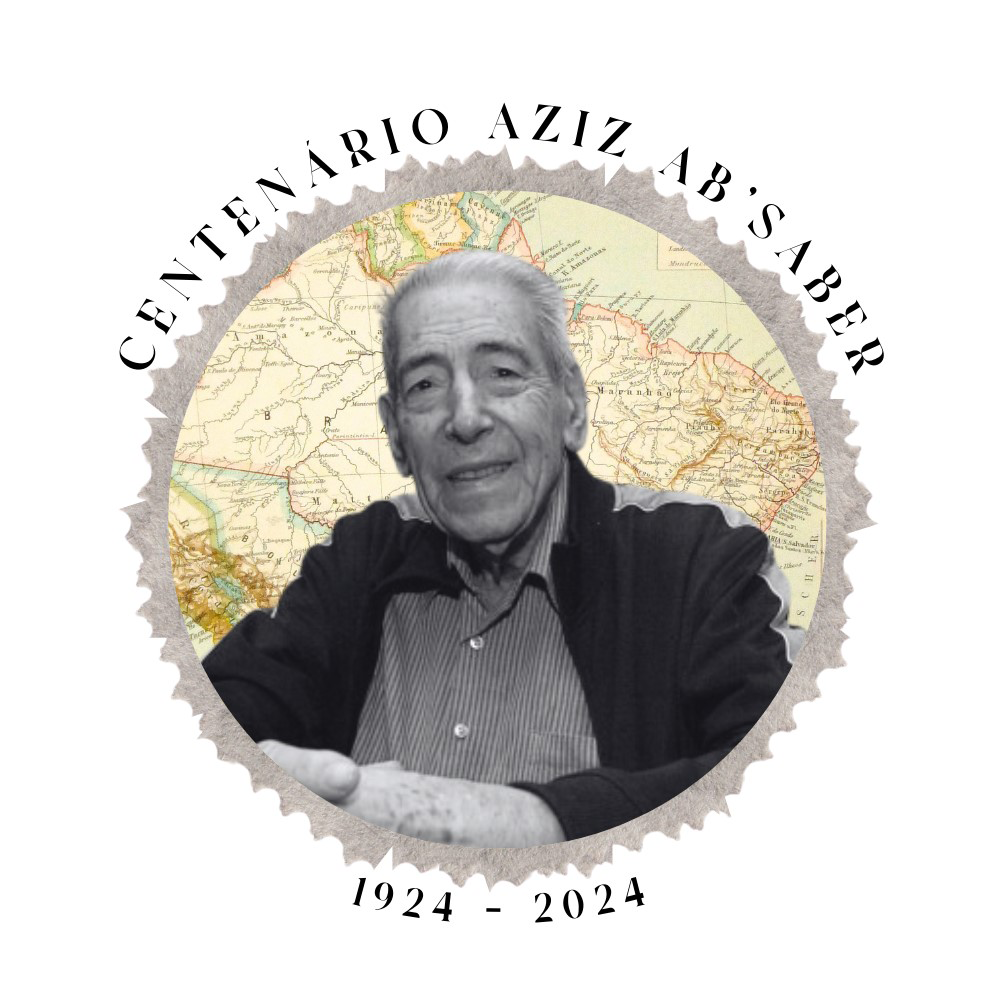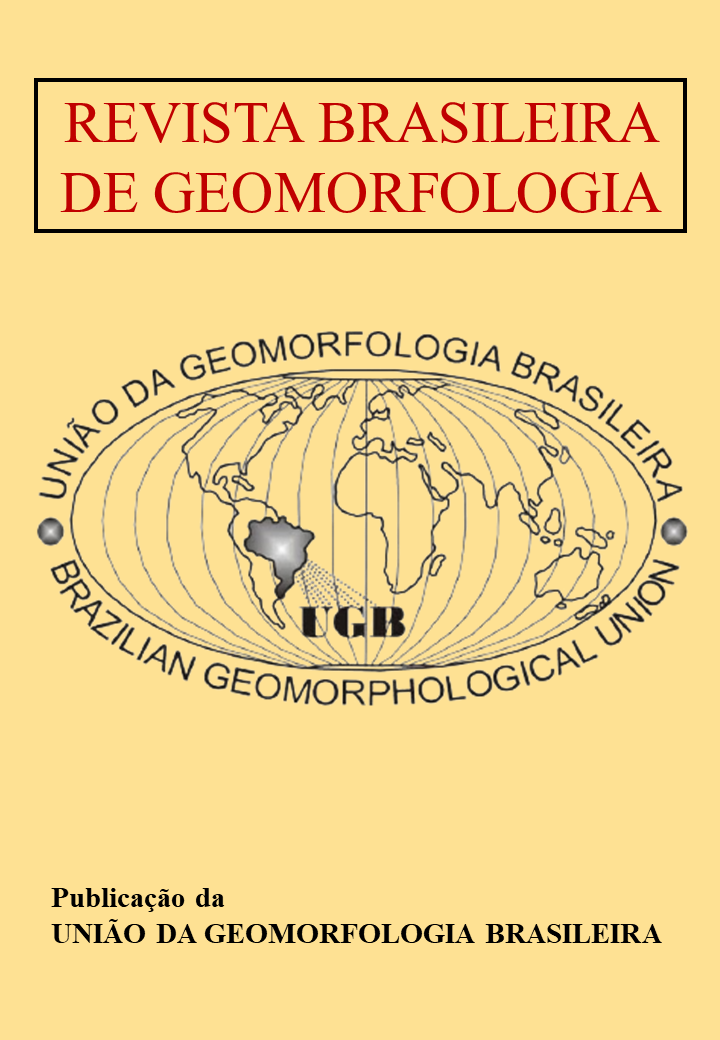GEOCHRONOLOGY AND HYDRODYNAMIC ENERGY CONDITIONS IN SURFACE COVERINGS OF LOW HOLOCENE FLUVIAL, FLUVIAL-MARINE, AND MARINE TERRACES: CLIMATIC PULSATIONS TO THE SOUTH OF THE ARANGUAGUÁ RIVER BASIN (SC)
DOI:
https://doi.org/10.20502/rbg.v19i3.1262Palavras-chave:
Climatic Pulsations, Depositional Events, Energy IntensityResumo
This research aims to perform the geochronology of surface coverings in low Holocene marine, fluvial-marine, and fluvial terraces, associating the genesis of paleo-forms with the occurrence of Holocene climatic pulsations, the consequential switches between hot-dry/hot-wet continental phases, and the retrograde and prograde movements of the oceanic coast due to eustatic sea-level fluctuations. At the same time, it aims to verify and correlate specific hydrodynamic energy conditions during past depositional events, responsible for preparing the levels of low fluvial, fluvial-marine, and marine terraces to the south of the Araranguá river (SC). The methodology was based in absolute dating through Optically Stimulated Luminescence (OSL) in quartz grains of the surface coverings of these low terraces and in granulometric tests with later data plotting and verification of sediment types, textural classes, and the respective paleo-hydrodynamic energy conditions, classified based on the textural diagram of Flemming (2000). Results of geochronological reconstruction corresponded to climatic events of switches between hot-dry/hot-wet environments and to global cooling periods identified by Bond et al. (1997, 2001) and Wanner et al. (2011). Three Holocene climatic pulsations were identified, which were determinant for the superficial organization of the landscape in the lower course of the Araranguá river and the oceanic plain of the Araranguá River Basin: Climatic pulsation I (6.000 ± 820 to 5.000 ± 620 Years B.P.), climatic pulsation II (2.700 ± 420 to 2.250 ± 300 Years B.P.) and climatic pulsation III (420 ± 65 to 215 ± 25 Years B.P.). The application of results in the textural diagram of Flemming (2000) allowed the differentiation of sedimentation environments, which were correlated with varied hydrodynamic energy regimes. Surface coverings of the low fluvial terrace (GS-I) and the alluvial materials of the low fluvial-marine terrace (GS-II) presented the highest mud content among all samples, which was correlated with moderate and moderate-to-high hydrodynamic energy transport flows. On the other hand, surface coverings of marine terraces (GS-III and GS-IV) and the marine sandy materials underlying alluvial deposits of the fluvial-marine terrace showed low levels of mud and high levels of sand, representing high- and very high-intensity hydrodynamic energy flows.
Downloads
Downloads
Publicado
Como Citar
Edição
Seção
Licença
Autor(es) conservam os direitos de autor e concedem à revista o direito de primeira publicação, com o trabalho simultaneamente licenciado sob a Licença Creative Commons Attribution que permite a partilha do trabalho com reconhecimento da autoria e publicação inicial nesta revista.










